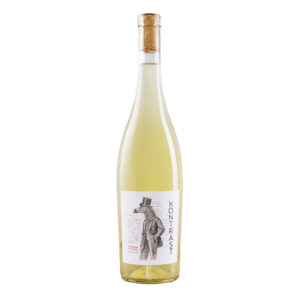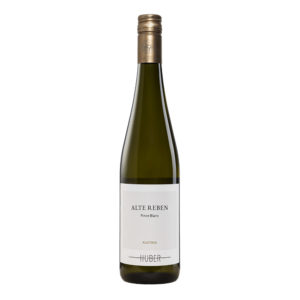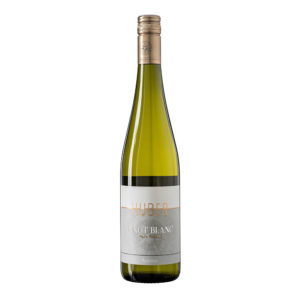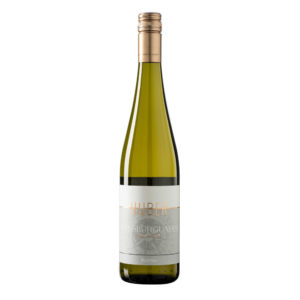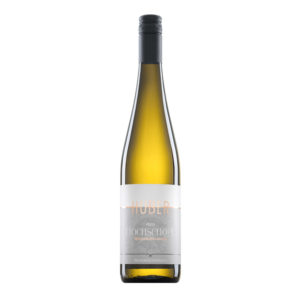Because of its subdued character, Weissburgunder is often used for blending (cuvée) with other varieties and is sometimes vinified in small oak barriques and undergoes malolactic fermentation. In the vineyard, it demands quite a lot from soil and site. Compared to Chardonnay, Weissburgunder is more prone to Botrytis because the grapes are more compact.
Only in good vineyard sites does this variety yield the highest quality. Young wines have a blossomy expression and piquant acidity, while mature versions tend to develop bread and nut flavours. Maturation goes slowly and the highest quality is achieved after longer bottle ageing.


